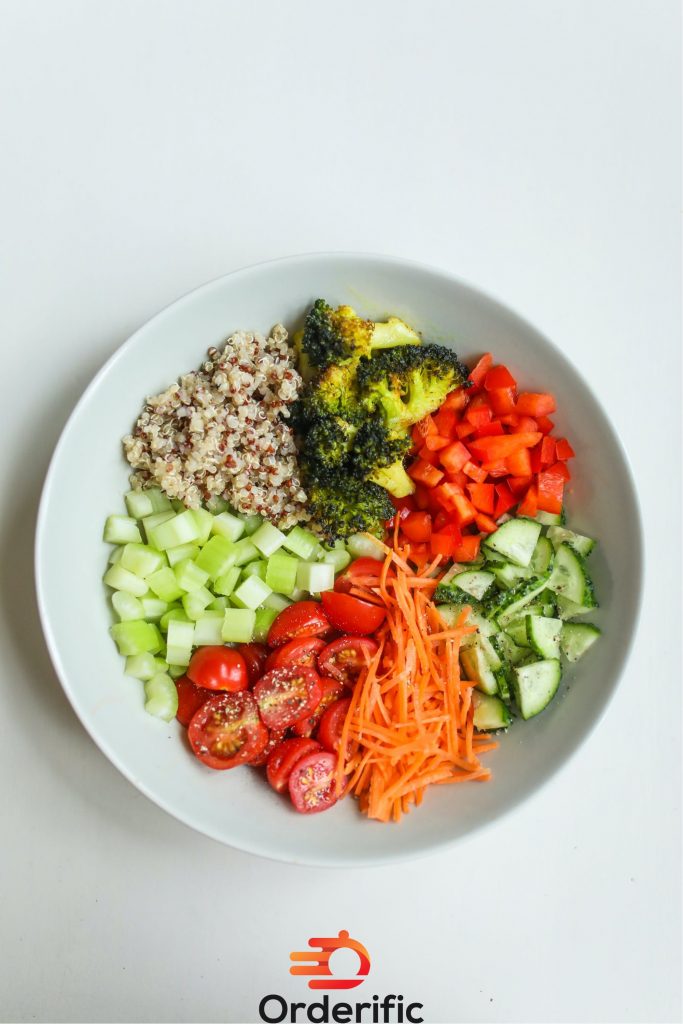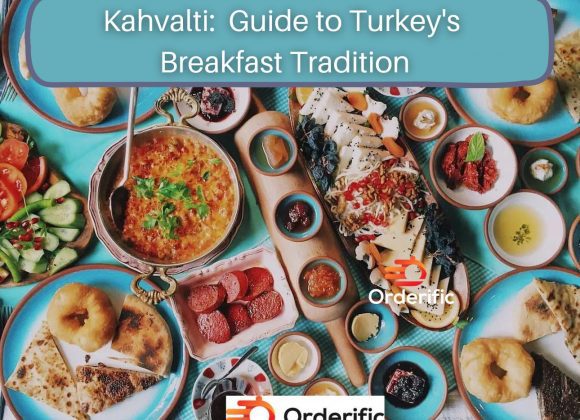Introduction
In the realm of dietary preferences, health-conscious shopping, nutritional information, healthy eating has gained substantial focus. The food choices we make, from natural grocers to fast food outlets, significantly impact our health. Dietary guidelines around the world advocate for a diet rich in dietary fiber and low in saturated fat. Yet, the food product market can be overwhelming, making it challenging for consumers to make healthier choices. This is where nutrition labels come into play. By understanding the nutrition facts and ingredient lists on food labels, consumers can better adhere to a healthy diet. Moreover, health professionals and organizations like the World Health Organization highlight the health benefits of organic food. This article aims to guide consumers in navigating the complex world of nutrition and diet, emphasizing the role of labels and nutritional information in making informed food consumption decisions.
Hitting Start (Or Reset) On Eating Healthy
Embarking on a healthy eating journey begins with the choices we make at the grocery store. As the foundation of our meals, the products we select greatly influence our health. With various claims and labels on packages, understanding their true meaning is crucial. View each shopping trip as an opportunity to nourish your body. By scrutinizing nutrition labels, and prioritizing organic, fiber-rich, and low-fat options, you commit to your well-being. Remember, your health is worth the extra time spent in the aisle.
The Basics: A Weekly Shop
When planning your weekly grocery haul, ensure to incorporate a variety of fruits, vegetables, whole grains, and lean proteins. These items are the cornerstones of a balanced diet. Keep in mind, while processed foods may be convenient, they often contain high levels of sodium, sugars, and unhealthy fats. Reading nutritional labels can help you avoid these hidden pitfalls, promoting healthier eating habits. Embrace the journey to wellness, knowing that every mindful decision positively impacts your overall health.
Protect Yourself From The Damage Of Chronic Inflammation
Chronic inflammation is a silent adversary, often contributing to an array of health conditions including heart disease and diabetes. A diet high in processed foods and low in nutrient-dense, whole foods often exacerbates this inflammation. However, incorporating anti-inflammatory foods such as fresh fruits, vegetables, and lean proteins can combat inflammation. Reading nutrition labels, and choosing foods low in sugar and high in fiber, can significantly reduce inflammation. Remember, your grocery cart is the first line of defense against chronic inflammation; choose wisely.
Do You Need To Choose Organic Foods?

The decision to choose organic foods often depends on personal preferences, health goals, and budget constraints. Organic produce is grown without synthetic pesticides and fertilizers, making it a healthier option for individuals and the environment. These foods often contain higher concentrations of beneficial nutrients. By selecting organic, you are choosing a path towards holistic health and supporting sustainable farming practices. However, remember that ‘organic’ does not always equate to ‘nutritious’, so continue the habit of reading nutrition labels for a comprehensive understanding of what you consume.
Buying Cost-Conscious Fresh Food And Staples
Adopting a healthy eating pattern may seem daunting at first, especially when trying to balance the cost. However, there are several practical strategies that can help make it more affordable without compromising on the quality of your food choices. One approach is to explore local farmers’ markets, where you can find a variety of fresh and seasonal produce at reasonable prices. Additionally, opting for whole grains and lean proteins in bulk can be a cost-effective way to incorporate nutritious ingredients into your meals.
Another tip is to prioritize store brands, which are often more budget-friendly than name brands, while still offering similar nutritional value. Lastly, planning your meals around sales and discounts can make a significant difference in your grocery bill. By being mindful of special offers and incorporating them into your meal planning, you can save money while still enjoying a healthy and balanced diet. Remember, investing in your nutrition is an investment in your long-term health and well-being.
Easy Healthy Snacks To Reach For
When it comes to snacking, the key is selecting options that are both dietary preferences, health-conscious shopping, nutritional information. Consider reaching for whole foods like fresh, juicy fruits, such as crisp apples or succulent berries, or vibrant vegetables like crunchy carrots or refreshing cucumber slices. These options not only provide essential nutrients but also help sustain energy levels throughout the day.
For a more substantial snack, you can try a creamy and protein-packed Greek yogurt topped with a sprinkle of granola and a drizzle of honey. This combination offers a delightful blend of textures and flavors, while providing a good source of calcium and probiotics.
Another delicious and nutritious option is hummus paired with whole grain crackers. The smooth and creamy hummus, made from chickpeas and flavorful spices, complements the hearty crunch of the whole grain crackers, creating a satisfying and wholesome snack.
Remember, a well-chosen snack can play an important role in a balanced diet, providing you with the necessary fuel to power through your day while keeping your taste buds happy and satisfied. So next time you feel a snack attack coming on, reach for these nourishing options and enjoy the goodness they bring.
Crowdsource Shopping Tips And Savings
One of the most rewarding experiences is sharing shopping tips and saving strategies with others. By engaging in local community groups or online forums, you can exchange valuable ideas and insights about locating the best deals for nutritious foods. Planning, smart shopping, and preparing meals at home become even more fulfilling when you see how they pave the way towards healthy eating while keeping your budget under control. So, join the conversation, connect with like-minded individuals, and discover a world of possibilities to make your shopping experience even more rewarding and beneficial.
Conclusion
In conclusion, integrating dietary preferences, health-conscious shopping, nutritional information into grocery retail shopping. It can have a profound impact on our overall well-being. The journey to healthy eating begins with understanding labels, prioritizing nutrition, and making informed choices. It extends beyond merely selecting organic products, to fostering a mindset that views each meal as an opportunity to nourish our bodies. The grocery store presents countless options for healthy foods that don’t compromise on taste or break your budget. Remember, your health is a long-term investment, and each small step towards a balanced diet counts. If you’re ready to revolutionize your shopping habits and take control of your health, book a demo with Orderific today. Let us guide you in mastering the art of healthy grocery shopping.
FAQs
How do dietary preferences impact consumers’ shopping choices and food selection?
Dietary preferences greatly influence consumers’ shopping choices, leading them to select foods that align with their specific dietary needs and choices.
What role does access to nutritional information play in health-conscious shopping decisions?
Access to nutritional information empowers consumers to make informed, health-conscious shopping decisions.
Discuss the challenges of accommodating various dietary preferences in the food industry.
Accommodating various dietary preferences is challenging due to the diverse food requirements and the need for specialized food production and labeling.
How can food manufacturers and retailers provide transparent and accessible nutritional information to cater to health-conscious consumers?
They can do so through clear, accurate, and easily understandable food labeling.













